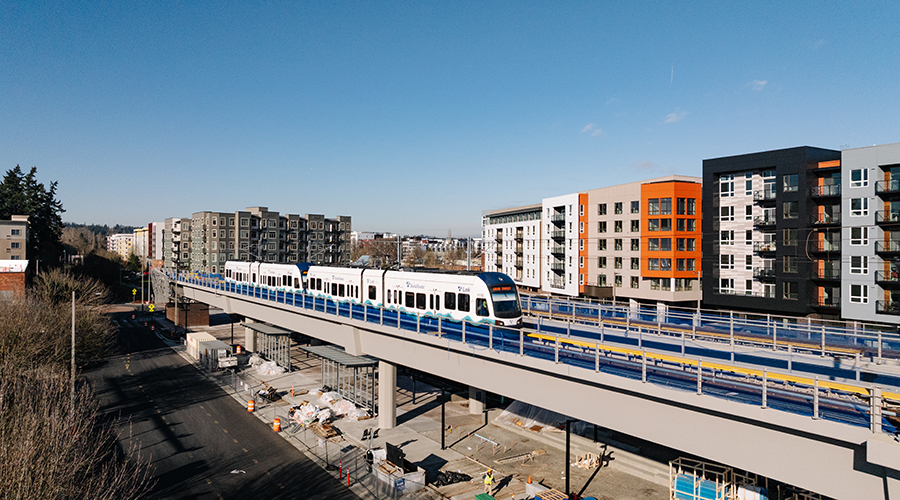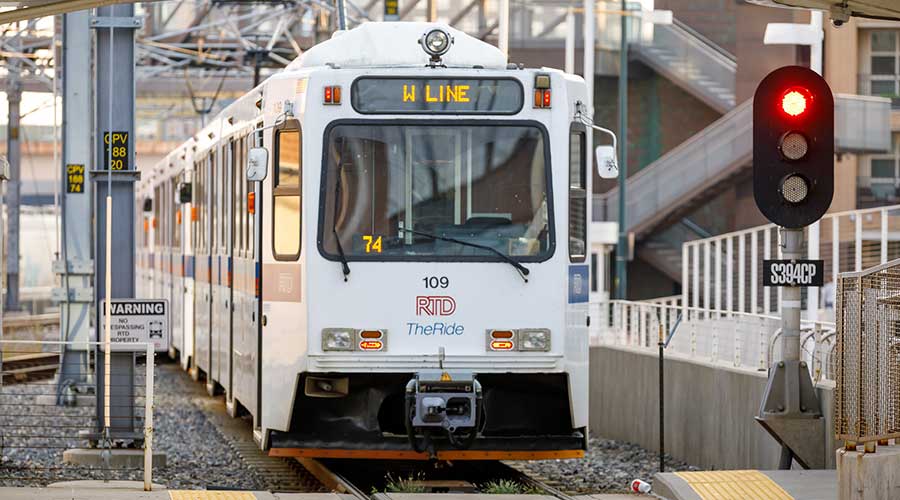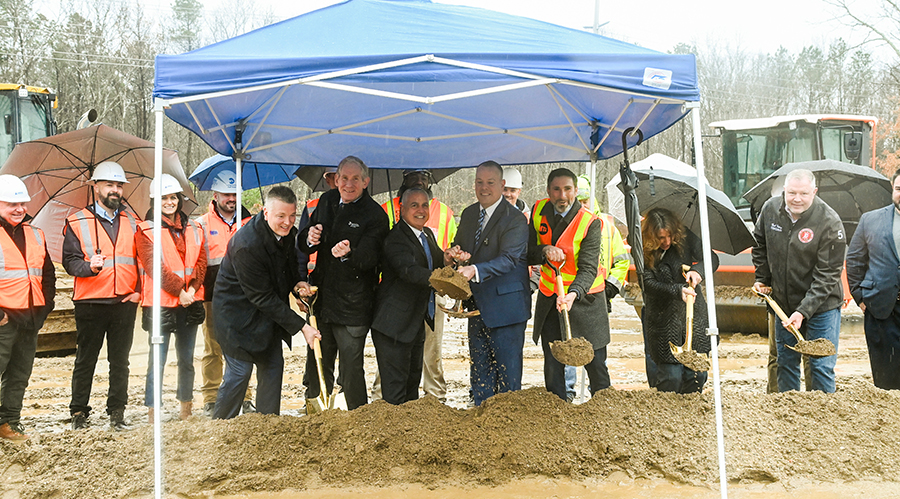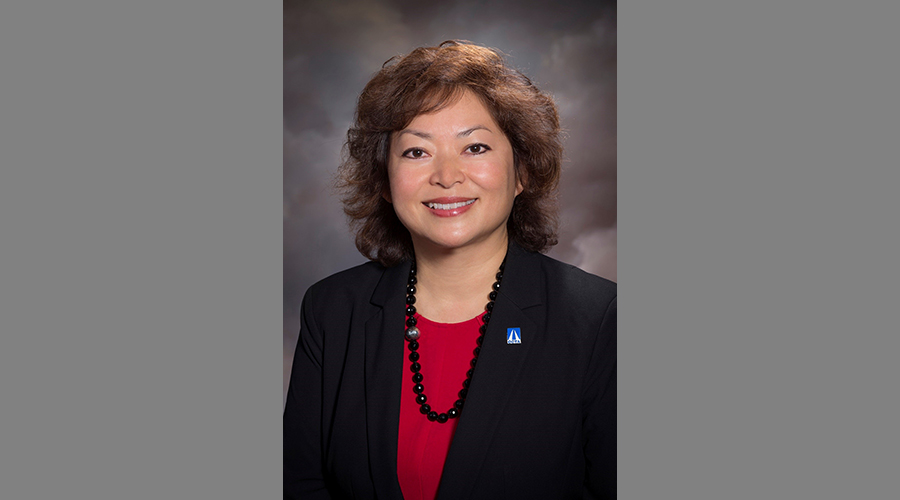Stay updated on news, articles and information for the rail industry
10/9/2013
Rail News: Safety
NTSB recommends 'urgent' safety measures following CTA's Blue Line accident
The National Transportation Safety Board (NTSB) is recommending that the Chicago Transit Authority (CTA) review its operating and maintenance procedures for stored unoccupied cars in response to a Sept. 30 accident on the agency’s Blue Line that injured 33 people.
Although the NTSB is technically closed due to the federal government shutdown, board officials sent a letter dated Oct. 4 to CTA President Forrest Claypool with a list of "urgent safety recommendations" that stemmed from the NTSB's investigation into the accident, in which an unoccupied, four-car CTA train collided with an operating CTA train that was stopped at the Harlem Station on the Blue Line. Of the 40 passengers onboard, 33 were sent to local hospitals. All were treated and released, according to the NTSB.
The board's recommendations "address the need for redundant protection to prevent unintended train movements on the CTA system," the NTSB's letter states. "As a result of our investigation to date, the NTSB is issuing two urgent safety recommendations to CTA and one urgent safety recommendation to the Federal Transit Administration."
According to the NTSB: The unoccupied train was in storage at Forest Park Repair Terminal when it began moving under power, left the terminal and entered the mainline track. The train moved about a mile downhill through five mechanical train stop mechanisms before it reached the Harlem Station. Emergency brakes were applied and the train momentarily stopped several times as it moved toward the station. Following each stop, the train's movement resumed because the master level on the operator console had been left in a setting that allowed the train car brakes to recover and reset from the emergency brake application, and proceed through a mechanical train stop mechanism after a momentary stop.
"The investigation into the cause of unintended movement continues," the NTSB wrote. "The NTSB has raised concerns about the need for improved protection against unintended movement."
The letter also states that unoccupied CTA trains are routinely left powered up while in storage with the brake setting that would allow movement through a mechanical train stop mechanism after a momentary stop.
"De-energizing propulsion power and using an alternate brake setting could prevent unintended movement and ensure that a train that does move unintentionally would remain stopped at a mechanical train stop mechanism," wrote the NTSB.
The NTSB noted that there are several "effective redundant means" — such as wheel chocks — to stop a train from unintended movement. And Federal Railroad Administration-regulated railroads commonly use derails to stop unintended movement.
"The NTSB believes that had a wheel chock and/or derail been in use at the Forest Park Terminal, the train could have been stopped before it entered mainline track and the accident could have been prevented," the letter states.
The agency recommended that CTA review its operating and maintenance procedures for stored unoccupied cars to ensure the propulsion and brake systems are in a position that would not result in a train’s unintended movement.


 LRW Honors Amtrak’s Acheson As Railway Woman Of The Year
LRW Honors Amtrak’s Acheson As Railway Woman Of The Year
 From Editor-In-Chief Foran: Of Gender Equity And Inclusion
From Editor-In-Chief Foran: Of Gender Equity And Inclusion
 Spotlight On Some Of Today’s Rail Safety Products
Spotlight On Some Of Today’s Rail Safety Products
 Women of Influence in Rail eBook
Women of Influence in Rail eBook
 railPrime
railPrime







